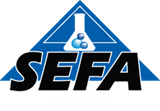The Right Tool for the Job
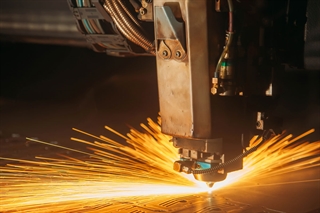 Advances in fabrication technology are moving at a rapid pace similar to advances in laboratory equipment. While we still use some of the old classic machinery to produce many components that create some of our product lines, most of our components are created using soft tooling. Soft tooling simply means we are using more advanced software and tools to cut, form and weld products. The recent development of fiber lasers we employ cut steel components five times faster than conventional lasers. Metal forming has drastically changed with the advancement of automatic panel bending machines, that can form a part in a tenth of the time of traditional press brakes. Further advances in robotic welding and secondary processes are creating new opportunities to use this technology to stream line the process of fabricating a diverse list of products.
Advances in fabrication technology are moving at a rapid pace similar to advances in laboratory equipment. While we still use some of the old classic machinery to produce many components that create some of our product lines, most of our components are created using soft tooling. Soft tooling simply means we are using more advanced software and tools to cut, form and weld products. The recent development of fiber lasers we employ cut steel components five times faster than conventional lasers. Metal forming has drastically changed with the advancement of automatic panel bending machines, that can form a part in a tenth of the time of traditional press brakes. Further advances in robotic welding and secondary processes are creating new opportunities to use this technology to stream line the process of fabricating a diverse list of products.
The process of getting a project from order to your facility is a very complex process that takes a large team of dedicated staff. With the use of lean manufacturing principles and advanced software we able to manage projects of all sizes with the same level of service and attention.
The process starts with the engineering team that not only develops the components that make up a product but also to orchestrate  the methods and processes these parts will travel through the factory in the correct order.
the methods and processes these parts will travel through the factory in the correct order.
We strive for on-time production and efficiency. There is no large warehouse of cabinets. Products typically move from final assembly right into the awaiting truck within minutes or hours.
Our manufacturing decisions have positioned us to have the fastest lead times in our industry. Standard products have a typical 8-10 week lead time. Many of our standard benches are available in 4-5 weeks and we can often run specials and custom orders in 10-12 weeks.
We use a very broad range of materials to produce the final product offerings including:
- Steel
- Stainless Steel
- Aluminum Sheet
- Aluminum Extrusions
- Glass
- Epoxy Resin
- Phenolic Resin
- Plastic Molded Parts (PVC and PP)
- Polypropylene
- Wood - Solid, Panels & Veneers
Our supply chain is a well managed process to bring materials into the manufacturing facility on time and organized to keep waste to a minimum. We use a wide variety of steel shapes, thickness and specifications. Our production parts are typically cut with the newest fiber lasers or turret presses from Amada. Metal forming is performed with a number of new CNC press brakes and [2] Salvagnini panel forming machines. We use a combination of standard MIG welding in addition to 6 robotic welding stations. Secondary operations such as taps, rivets and inserts and performed in a similar fashion with more enhancements with robotics.
Our extruded aluminum components are typically kept in a minimal inventory for quick lead times.
Our powder-coating is performed in a brand new state-of-the-art facility using SEFA certified formulas of high quality paint products.
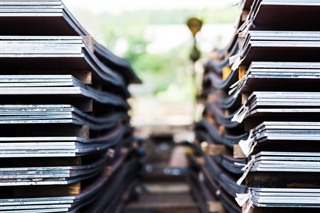
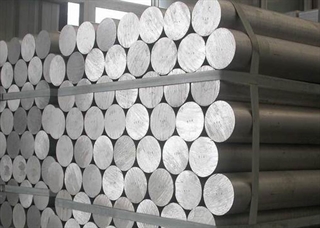
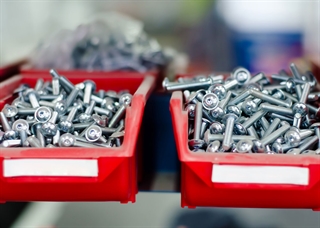
Quality and Consistency
All of our products are designed and engineered using the most up to date SolidWorks 3D software. SolidWorks software continues into production driving the laser cutting, punching, machining and forming of the components. There are no variations in the way products are manufactured from the first part to the last. Quality Control team members are carefully monitoring the processes from material procurement through shipping.
Environmental Impact
We start by designing our products to have the least amount of impact on the environment. It is not only a good conscious decision for the planet but is also just smart business. The type of material used in a component is considered. The requirements of a horizontal structure rail for instance may require welding and forming 2-3 steel tubes and shapes. In contrast one could extrude this shape from high strength aluminum and reduce the raw material, fabrication and transport costs and impacts. We strive to fabricate with the least amount of waste and work to design products to ship efficiently. All of our steel and aluminum contain a majority of recycled content and the fact that the majority of our component are manufactured of these two materials means a significant amount of our products are recyclable. More information on recycled content is available on our Literature | Technical Page


